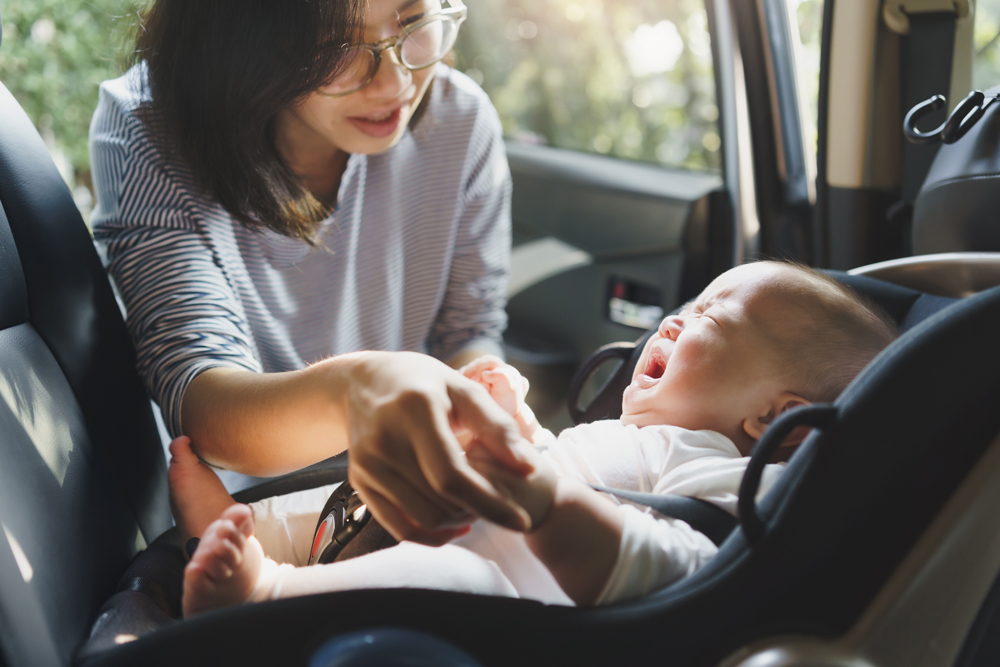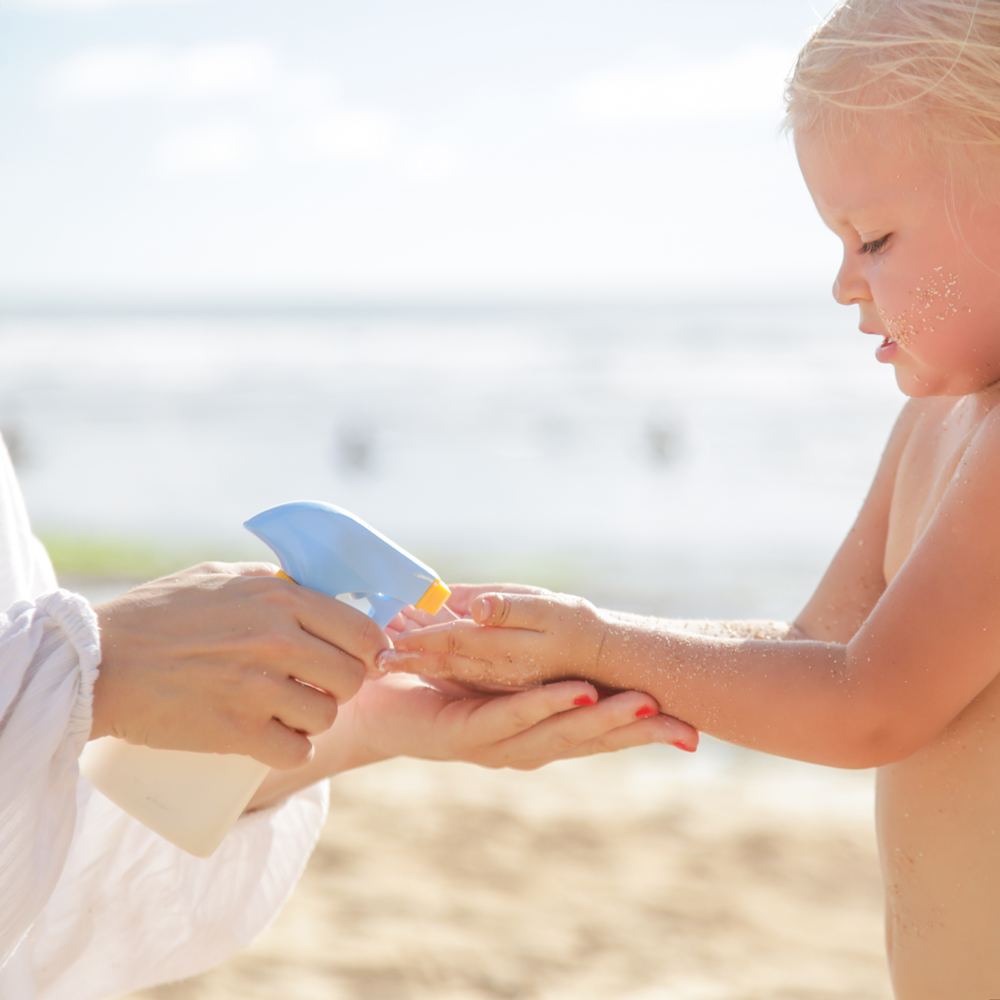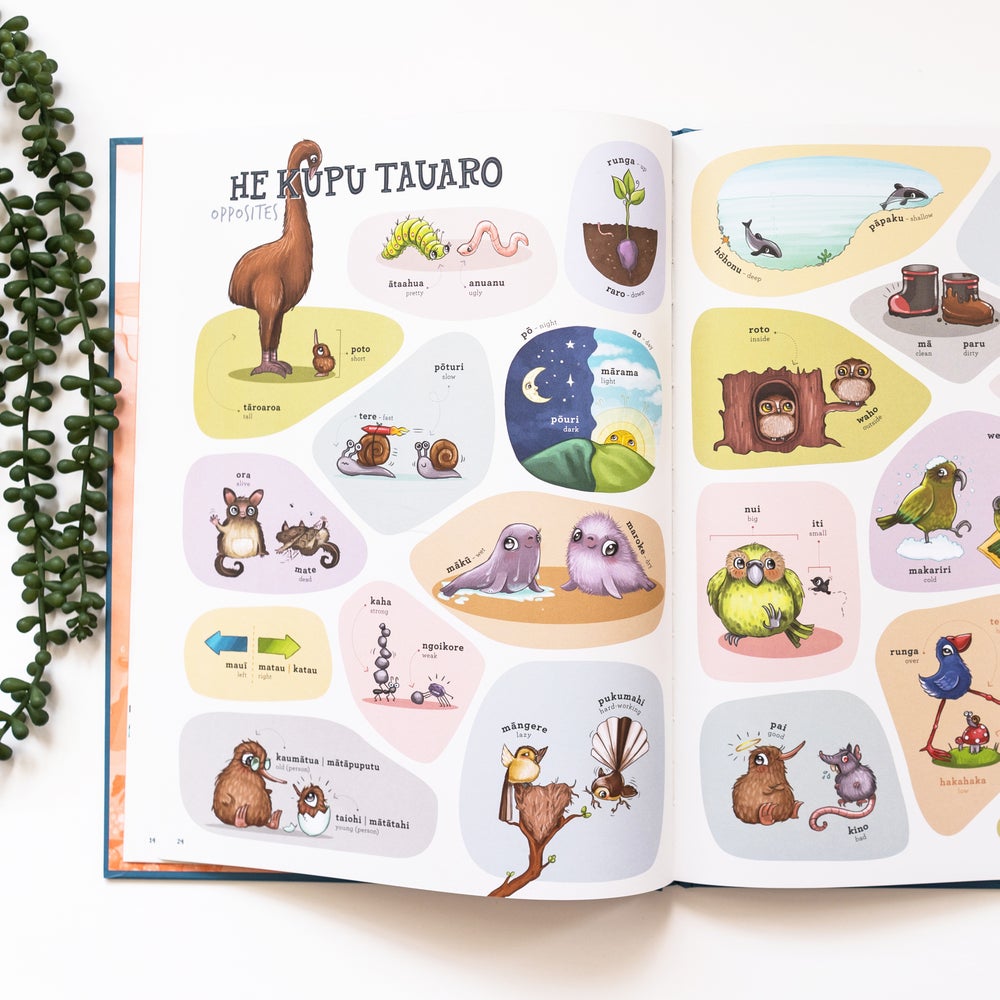When Baby Hates the Car: 12 Helpful Tips for Easing Crying and Screaming

Struggling with a pēpi who always cries when they’re in the car? Let’s look at some ways you can help settle them down and provide comfort, while still ensuring their and your safety.
For many newborns, the car is a godsend, a surefire way to get them to sleep. But sometimes, seemingly for no reason at all, some babies just absolutely hate the car. If that sounds like your pēpi, we know how overwhelming and upsetting it can be to try travel any distance with a little one who screams the whole car ride. It can feel lonely but we promise you aren’t alone in this challenge.
Tips you may find helpful
- Ensure your baby is properly fitted in their car restraint. Is the harness too tight? You should be able to fit one finger between the harness and your child. Are the straps coming in at the correct position or slot? Check the manual for advice for your specific make and model.
Some parents find that their baby prefers to be in a rear-facing car seat rather than a capsule – just make sure it’s appropriate for their age, height and weight before changing. - Consider taking your baby to an osteopath to check that they aren’t in any pain, especially if you had a long labour or difficult birth.
- When you can, sit in the backseat to provide comfort and distraction. If that’s not an option, try taking public transport instead.
- Avoid car rides as much as possible – ask friends to come to you, get your groceries delivered, and opt for a walk with the pram or carrier as an alternative for nap times.
- Do a comfort check. Make sure your baby isn’t too hot or too cold, or that their clothing or nappy is too tight.
- Play white noise or music. You may have to try a few different tracks or genres to see which works best for your baby. Some parents report that Baby Einstein or Anika Moa’s Songs for Bubbas work well.
- Try singing to your baby.
- Experiment with your feeding times before putting baby in the car – some little ones can be super uncomfortable being in their car restraint immediately after a feed while others may be more settled.
- Take breaks as often as needed, but keep in mind this may upset some babies even more so see what works for your pēpi.
- Think about installing a mirror on the headrest so your little one can see you. Often babies get upset in the car because they’re confined to a small space and you’re not right there with them, so being able to see you may help. Keep in mind that backseat mirrors are considered possible projectiles in a crash so always choose one that attaches completely and securely to the car head rest.
- Have a basket of special toys that are reserved for the car only. As an extra, try rotating them so there’s always something new for your baby to explore.
- Some parents choose to use screens to distract and comfort their child while in the car. Guidelines recommend that children under two years don’t have screen time as they learn best from real-world experiences and personal interaction. However, you may decide that as you are driving, screen time isn’t taking away from any interactions and that it is beneficial option for ensuring a safe, calm car ride for all. Again, a tablet or iPad would be considered a possible projectile in a crash so it’s important to consider the safety risks of this in your situation.
Safety
Remember it’s safest for your baby to remain rear-facing until at least two years of age. It’s also important to know that feeding your child while they’re strapped into a car seat is not recommended as it can put your child at risk of aspiration or choking. If you need to feed your baby, pull over somewhere safe and take them out of their car restraint before offering the breast, bottle or other food.



